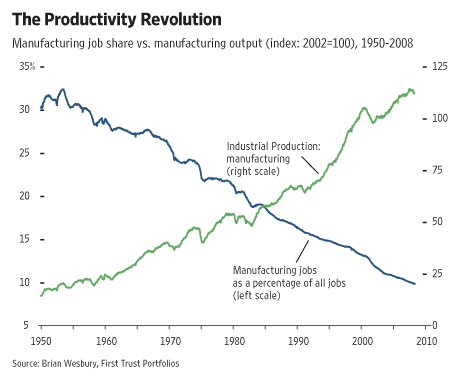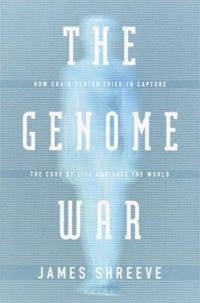“A Monsanto researcher, Mohammadreza Ghaffarzadeh, monitored drought-resistant corn technology in Davis, Calif.” Source of caption and photo: online version of the NYT article quoted and cited below.
(p. 4) CORN prices are at record high levels. Costs for other agricultural essentials, from wheat to coffee to rice, have surged, too. And many people are stunned, even frightened, by all the increases.
But some entrepreneurs and analysts — recognizing that relative price increases in specific goods always encourage innovators to find ways around the problem — say they see an opportunity for creative solutions.
“When something becomes dear, you invent around it as much as you can,” says David Warsh, editor of Economicprincipals.com, a newsletter on trends in economic thinking.
Joel Mokyr, an economic historian at Northwestern University, adds, “All of a sudden, some things that didn’t look profitable now do.”
. . .
A study in the 1950s by the economist Zvi Griliches of American farmers’ adoption of more productive varieties of corn showed how higher prices reduced the cost of adopting new technologies.
. . .
Ultimately, higher food prices give innovators room to cover the cost of protecting human health. But prices are a democratic signal: when all innovators see them, their ability to sneak up on an opportunity, while others nap, vanishes.
“The bigger the prize people are chasing, the more people go after it,” says Paul Romer, a theorist on sources of economic growth. “As people pile into an area, the expected return to any one innovator goes down.”
Yet, fortunately, the return to society goes up.
For the full commentary, see:
G. PASCAL ZACHARY. “Ping; A Brighter Side of High Prices.” The New York Times, SundayBusiness Section (Sun., May 18, 2008): 4.
(Note: ellipses added.)
For more on Zvi Griliches’s contributions to the economics of innovation, see:
Diamond, Arthur M., Jr. “Zvi Griliches’s Contributions to the Economics of Technology and Growth.” Economics of Innovation and New Technology 13, no. 4 (June 2004): 365-397.




